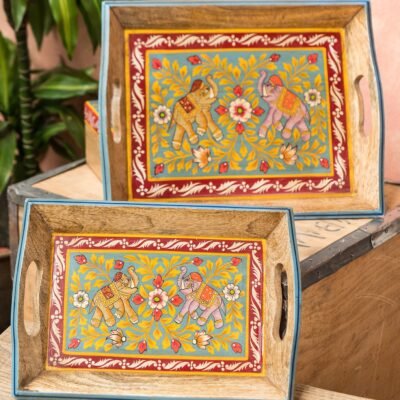Description
Chinese Hexagonal Rose Jar, Porcelain.
Description
Chinese Hexagonal Rose Jar.
Hexagonal lidded general jar with blooming rose decoration in blue and white, and a single red butterfly.
Dimensions (l x b x h)
17cm x 16cm x 25cm
1.4 litre capacity
China uses the word “tao” meaning pottery to describe low-fired ware (Earthenware) and the word “ci” to describe high-fired ware (Stoneware or Porcelain). Earthenware has to be glazed to make it impermeable and fires at temperatures between 800 and 1150 C. Stoneware is harder than Earthenware and fires at 1200-1300 C. Porcelain is made from Kaolin and Petuntse which combine to produce a vitrified body fired at temperatures of 1280-1,400 C. The vitrification process leaves an unattractive finish so that, even though the body is impermeable, the usual practice with porcelain is to add a glaze applied either before one firing or between the initial and a second firing.
Jingdezhen in Jiangxi province is home to large deposits of pure kaolin and has a documented history of porcelain production dating back over 1700 years. The wealth of experience enabled the artisans of the city to become the first to master the accurate reproduction of colour on porcelainware and for the city to become one of the four most significant in China by the time of the Qing dynasty.
Materials
Porcelain
Colours
Blue, white
Weight
1480g
Packing
White carton
Free UK Shipping!
This item is held and will be dispatched from the UK.
Please note sizes are approximate.
These items are handcrafted using traditional techniques, therefore the items that you receive may differ slightly from the photo shown. Being individually carved and painted by artisans each piece is unique with its own character.
Artisan – Celebrating the best of traditional craftsmanship. These articles illustrate exquisite skill and incredible attention to detail. Mass production and the forces of globalization threaten artisan producers and their communities, who often struggle to adapt to the competition. UNESCO recognizes the importance of preserving traditional skills and knowledge and the benefits conferred when these skills are passed on, particularly within the same community.






Reviews
There are no reviews yet.